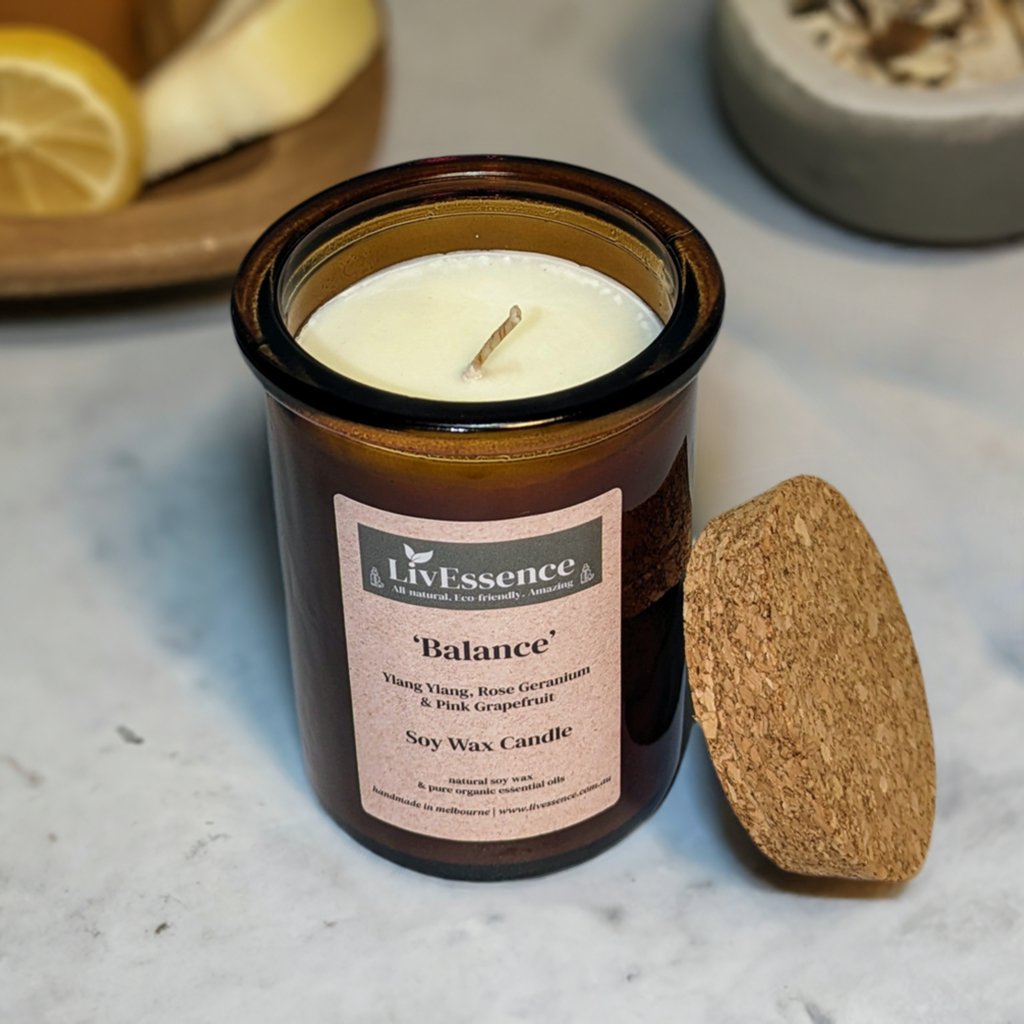Shop Sustainable Soy Wax Candles and Home Fragrance Collections
Shop Sustainable Soy Wax Candles and Home Fragrance Collections
Blog Article
From Wick to Wax: Recognizing the Chemistry Behind Soy Wax Candles and Their Environmental Impact
As we brighten our areas with the warm radiance of candles, there exists a world of intricate chemistry behind the seemingly basic act of lighting a soy wax candle. Join us as we untangle the clinical ins and outs behind soy wax candle lights and explore their effects on our atmosphere.
Soy Wax Vs. Paraffin Wax
When comparing soy wax and paraffin wax for candle light making, it is necessary to recognize the unique features and advantages of each product. Soy wax is an all-natural, sustainable source stemmed from soybean oil, making it green and eco-friendly - home fragrance. In contrast, paraffin wax is a byproduct of oil refining, which increases worries concerning its environmental impact and sustainability
Soy wax candles shed cleaner and emit much less residue compared to paraffin wax candle lights, making them a healthier choice for indoor air high quality. Additionally, soy wax has a reduced melting point, enabling a longer-lasting candle light that disperses fragrance a lot more successfully. Paraffin wax, on the other hand, has a tendency to shed faster and less easily, possibly launching damaging chemicals right into the air.
From a sustainability viewpoint, soy wax is preferred for its biodegradability and eco-friendly sourcing, aligning with the growing consumer choice for eco conscious items. While paraffin wax has actually been a typical option in candle light making because of its price and simplicity of usage, the shift towards environmentally friendly alternatives like soy wax is obtaining energy in the industry.
Chemical Make-up of Soy Wax

Combustion Process in Soy Candles
The chemical make-up of soy wax straight influences the combustion process in soy candle lights, affecting factors such as burn time, fragrance release, and environmental influence. When a soy candle is lit, the warmth from the flame thaws the wax near the wick.
The combustion effectiveness of soy candle lights is influenced by the you can find out more purity of the soy wax and the high quality of the wick. Additionally, soy wax candles have a reduced environmental influence contrasted to paraffin candles due to their renewable and eco-friendly nature.

Environmental Advantages of Soy Wax

Thought about a lasting option to traditional paraffin wax, soy wax supplies significant environmental advantages that make it a popular selection among eco-conscious consumers. Soy wax burns cleaner and creates less residue than paraffin wax, contributing to far better interior air top quality and decreasing the requirement for cleaning and upkeep. On the whole, the ecological benefits of soy wax line up with the growing need for environmentally friendly and lasting products in the market.
Recycling and Disposal Considerations
Reusing and correct disposal of soy wax candle lights play a crucial function in preserving ecological sustainability and minimizing waste in areas and households. The initial step is to guarantee that the candle has shed entirely when it comes to reusing soy wax candle lights. This can be attained by enabling the candle light to melt till the wick is no more usable, and after that allowing the remaining wax cool and solidify. Once the wax wikipedia reference has strengthened, it can be thoroughly eliminated from the container.

In regards to disposal, if recycling is not an alternative, soy wax candle lights are eco-friendly and can be safely dealt with in many home waste systems. It is constantly recommended to inspect with local reusing facilities or waste management solutions for details standards on candle disposal to ensure appropriate handling and ecological protection.
Final Thought
To conclude, the chemistry behind soy wax candle lights reveals their ecological benefits over paraffin wax candle lights. Soy wax, stemmed from soybean oil, burns cleaner additional hints and produces much less soot when contrasted to paraffin wax. The burning process in soy candle lights is much more reliable, resulting in a longer and more even burn. Furthermore, soy wax is renewable and eco-friendly, making it an extra lasting selection for candle light production. Reusing and correct disposal of soy wax candles further add to their ecological effect.
When comparing soy wax and paraffin wax for candle production, it is vital to recognize the distinct qualities and advantages of each product (home fragrance).Soy wax candles melt cleaner and produce less residue contrasted to paraffin wax candles, making them a healthier option for interior air quality.Thought about a lasting choice to traditional paraffin wax, soy wax offers notable environmental advantages that make it a popular option amongst eco-conscious customers. Soy wax burns cleaner and creates much less soot than paraffin wax, contributing to much better interior air top quality and decreasing the requirement for cleaning and upkeep.In final thought, the chemistry behind soy wax candle lights discloses their ecological advantages over paraffin wax candles
Report this page